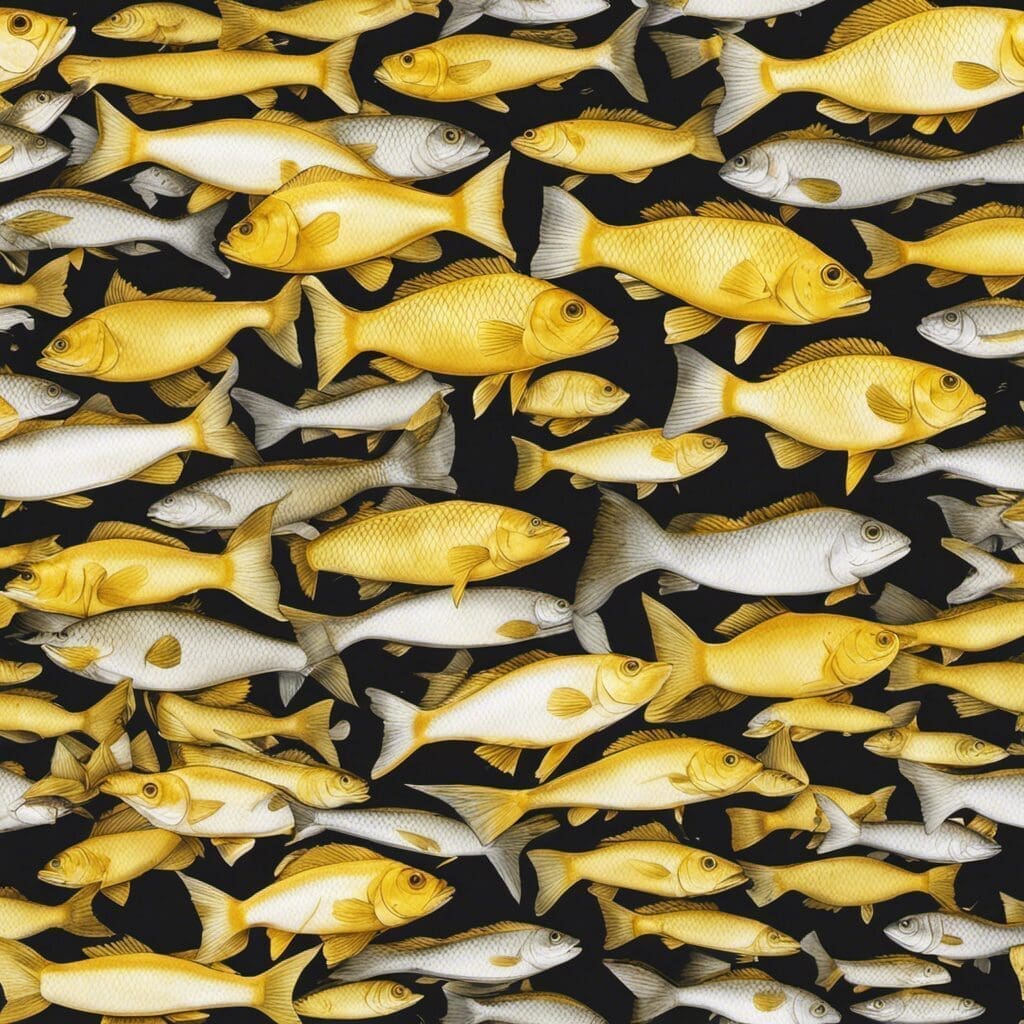Introduction
Yellowfish, also known as Barbus marequensis and Labeobarbus marequensis, belong to the Cyprinidae family. A freshwater fish native to Southern Africa, the Yellowfish attracts many anglers due to its size and the challenge it presents to catch.
Conservation Status
As of present information, the Yellowfish is characterized as Near Threatened on the conservation scale. Various efforts to conserve this species include catch-and-release fishing regulations and the establishment of protected aquatic regions.
Statistics
| Statistic | Average | Range |
|---|---|---|
| Length | 100 cm | 50-140 cm |
| Weight | 3 kg | 1-8 kg |
| Lifespan | 10-15 years | — |
Distribution
Endemic to the waters of South Africa, Yellowfish are found abundantly in the Orange and Vaal River systems. They are known to migrate upstream during spawning season.
Habitats
Yellowfish prefer river systems with warmer temperatures and rapid flows. They dwell in waters of variable depth, from shallow streams to a depth range of around 30 metres.
When and Where to See
The spawning season for Yellowfish, during the summer months from October to March, is the best time for sighting. The fish are particularly active during the early morning and late evening.
Best Fishing Locations
- Vaal River, South Africa
- Orange River, South Africa
- Komati River
- Rhenoster River
- Vanderkloof Dam
- Augrabies Falls National Park
For anglers without access to these specific locations, Yellowfish can generally be found in rapidly flowing rivers and gravel-lined river beds.
How to Catch
Using nymphs, dry flies, and ants as bait can be particularly useful in catching Yellowfish. Fly fishing in the white water rapid areas during mornings and evenings is a preferred technique for catching these fish.
Identification Guide
Yellowfish are characterized by their sleek, elongated bodies and distinctive yellowish-gold coloration. They boast large, reflective scales, a forked tail, and a nose turned slightly upward.
Culinary
Variable in taste depending on the environment, Yellowfish can have a sweet, mild flavor. It’s low in fat, but rich in protein. It’s typically grilled or smoked and is a popular choice for fish and chips in South Africa.
Additional Information
Yellowfish are omnivores, feeding on algae, small crustaceans, plant material and insects. Major predators include larger fish, cormorants, and humans.
Historically, Yellowfish have been significant in local South African communities as a reliable food source. They continue to be central to recreational angling, contributing to the local economy and the conservation of waterways.
References and Further Reading
- Cyber Angler International Fishing Reports
- South Africa Yellowfish Guide
- FishBase Summary on Yellowfish

